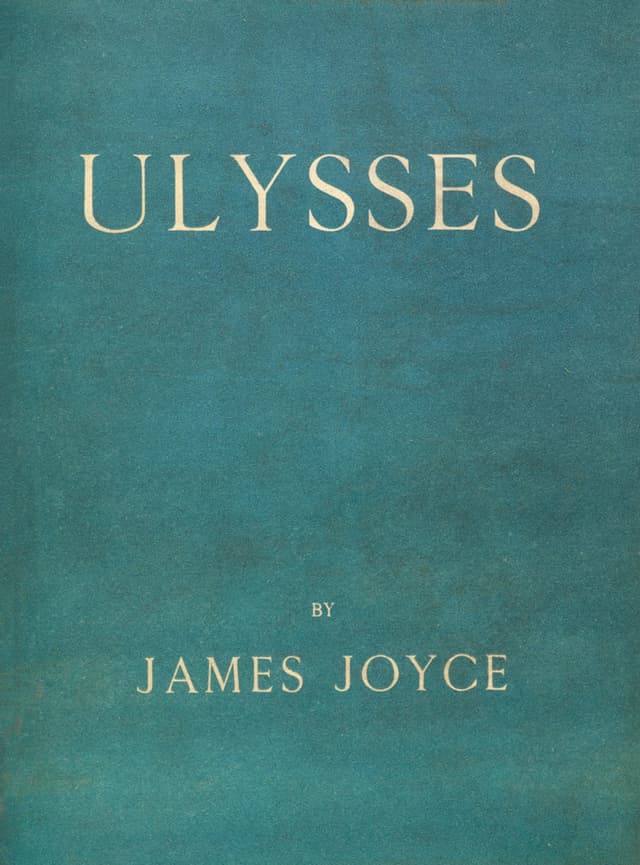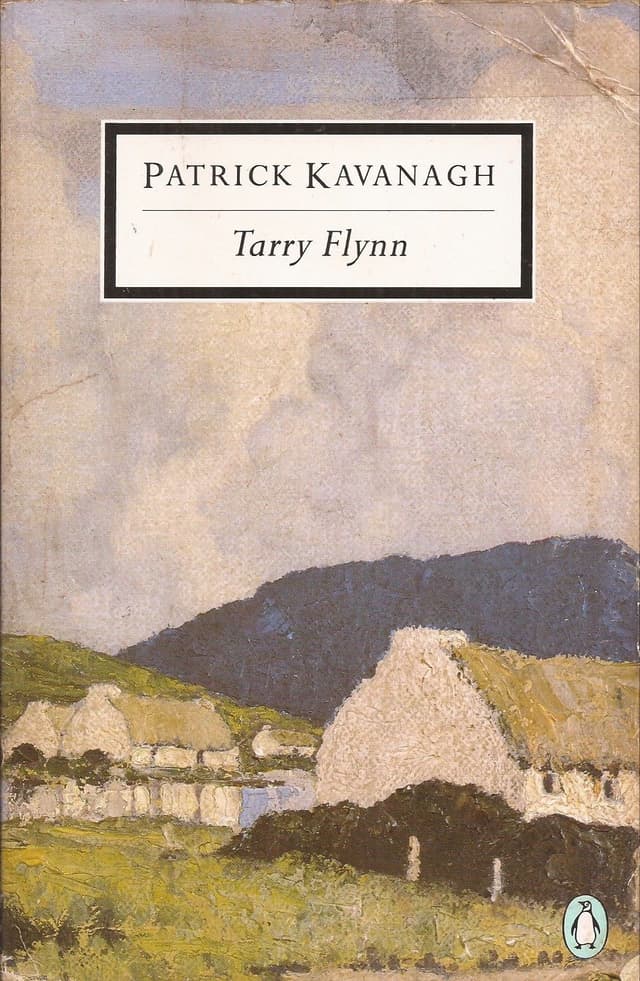Laynta participates in the Amazon Services LLC Associates Program, an affiliate advertising initiative that allows us to earn fees by linking to Amazon.com.

A Portrait of the Artist as a Young Man
A Portrait of the Artist as a Young Man, published in 1916, is James Joyce's first novel and an important work in the canon of modernist literature. The novel is a coming-of-age story that chronicles the early life and development of Stephen Dedalus, a young man struggling to assert his individual identity and artistic vision against the backdrop of a rigidly traditional society in turn-of-the-century Dublin.
Joyce's narrative follows Stephen from his early childhood through his adolescence and into young adulthood, offering a deep introspective look at his protagonist's internal conflicts and epiphanies. Central to the novel is the theme of personal growth and the quest for identity, set against the broader questions of national and religious influences in Ireland. Joyce explores these themes through a stream of consciousness technique, which allows for an intimate portrayal of Stephen's evolving psyche.
The novel is celebrated for its innovative use of language and narrative structure. Joyce's prose captures the fluidity of thought and the complexities of self-awareness, moving seamlessly from the naive perceptions of childhood to the sophisticated reflections of maturity. This stylistic approach marks a significant departure from traditional narrative forms and foreshadows Joyce's later experimental works.
In A Portrait of the Artist as a Young Man, Joyce creates a powerful and poignant exploration of the artist's role in society and the painful process of self-discovery and self-creation. The novel remains a key work in understanding the development of modernist literature and continues to resonate with readers for its universal themes of growth, rebellion, and artistic awakening.
Welcome, O life! I go to encounter for the millionth time the reality of experience and to forge in the smithy of my soul the uncreated conscience of my race.














